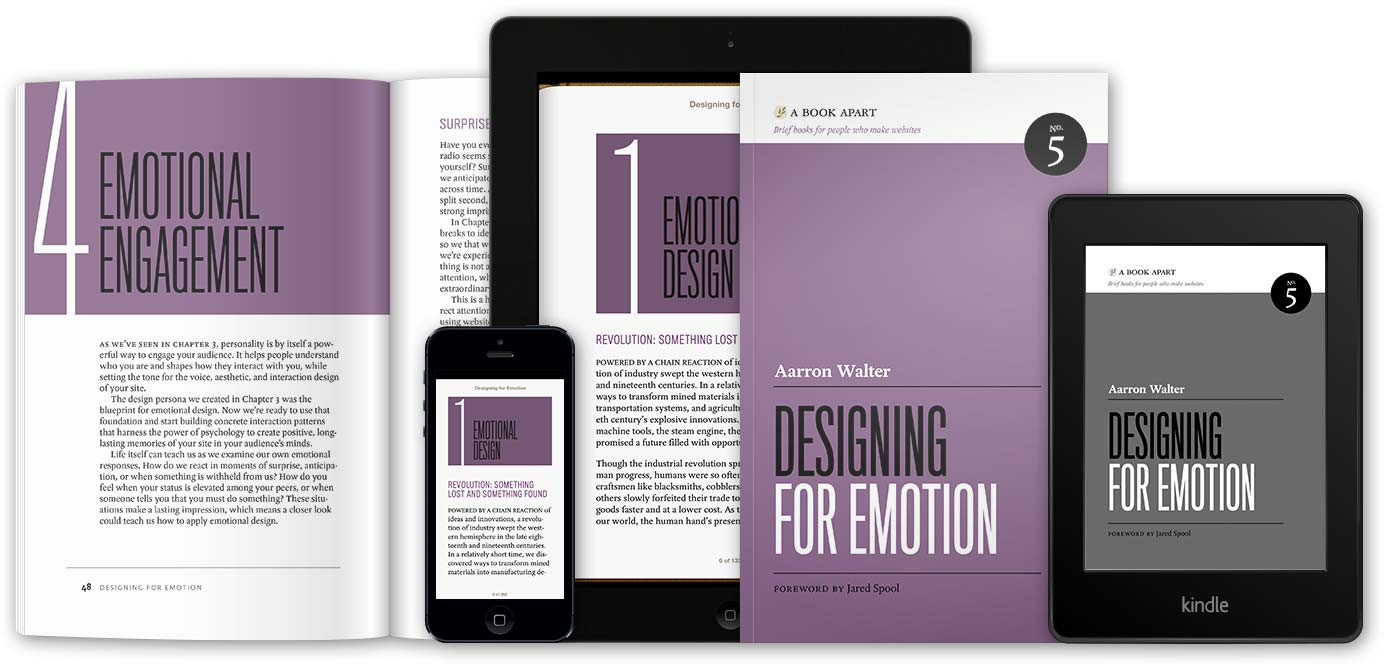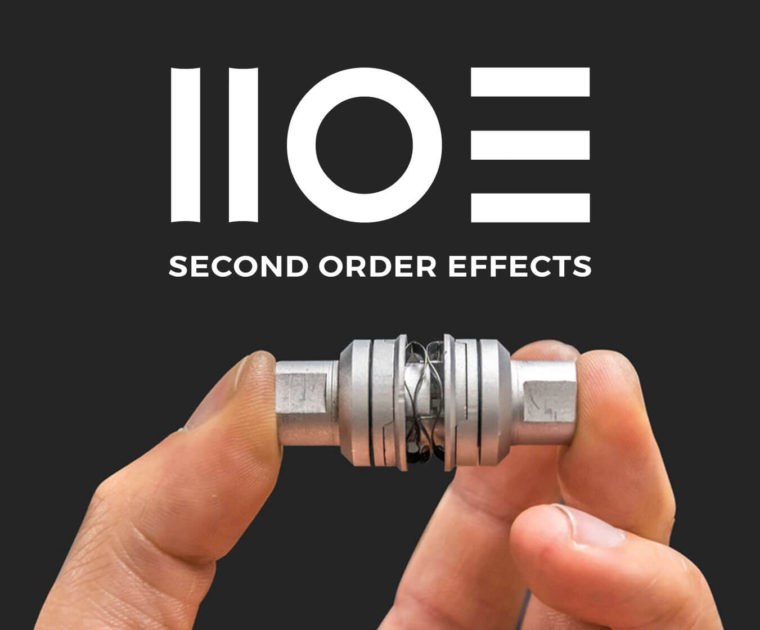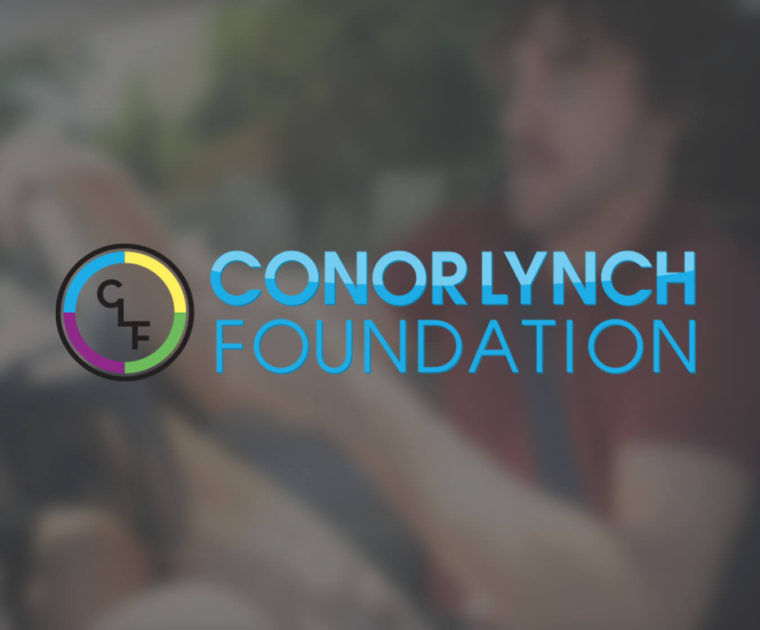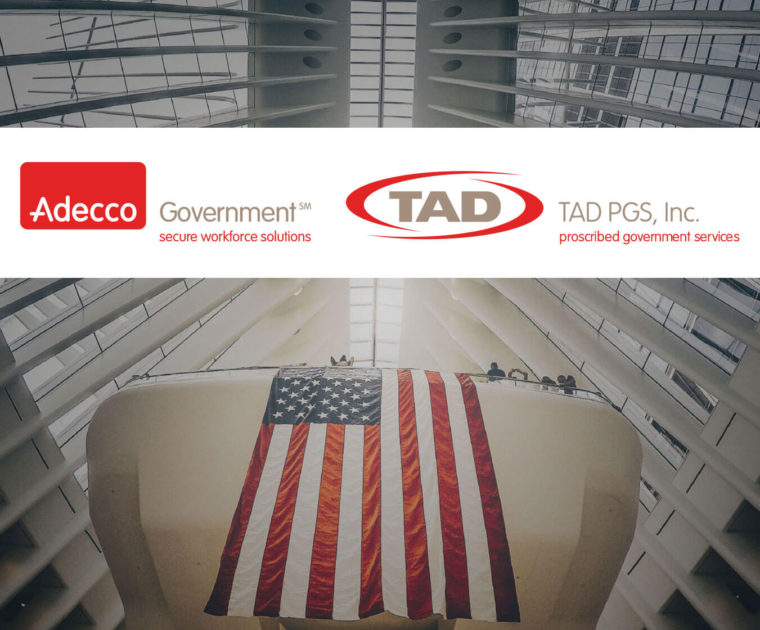
With a low barrier to entry and a highly competitive landscape filled with already usable and beautiful products, the big competitive advantage and recent focus of many companies is beyond usability (Jeff Bezos wants to delight you). Moving past simple usability, a main objective of UX departments is now: giving people a delightful and meaningful experience. – Myth #27: UX design is about usability – UX Myths
As wonderfully described (and with providing lots of supporting/ supplemental information, author of the UX Myths article Zoltán Gócza further explains that
Emotional design is founded on the following beliefs:
Good design is pleasurable and seductive:
- “At this point in experience design’s evolution, satisfaction ought to be the norm, and delight ought to be the goal” – says Stephen Anderson. See his brilliant presentations: Seductive Interactions andCreating Pleasurable Interfaces
- “User-experience is not like usability – it is about feelings. The aim here is to create happiness. You want people to feel happy before, during and after they have used your product. […] Focus on making it easy to be happy, and usability, user-experience and greatness will come all by itself.” –The Battle Between Usability and User-Experience
- “Showing personality in your app, website, or brand can be a very powerful way for your audience to identify and empathize with you. People want to connect with real people and too often we forget that businesses are just collections of people.” – Emotional Interface Design: The Gateway to Passionate Users
- Andy Budd shows many examples on how to seduce users on the web (i.e. showing testimonials and your popularity, being funny, mysterious, etc.) – Seductive Design presentation slides or video or the takeaways for the hurried
- Though it became popular only recently, the term “seductive interface” was first coined in 1994 by Microsoft and even discussed by usability guru Jakob Nielsen in 1996 – Seductive User Interfaces
Good design is playful:
- Good experiences are engaging. Sometimes it means making things hard and sacrifying ease of use. “We all talk about user-friendliness and usability, but is it possible to go too far? The answer really depends on the context, but yes, it is possible to make something so easy that it loses value.” – Can you have too much ease-of-use?
- “Brains love play. Find a way to bring more play (or at least a sense of playfulness) into someone’s life, and you might just end up with a fan.” –Creating playful users…
Good design gets you in the flow:
- In the flow state “people often experience intense concentration and feelings of enjoyment, coupled with peak performance. Hours pass by in what seems like minutes.” Trevor van Gorp discusses how to design for the flow. – Design for Emotion and Flow, see also his presentation
- Usability expert Dana Chisnell says that good design isn’t just eliminating frustration, products must evoke positive emotions, be thoughtful, and get users absorbed in the experience (like on Netflix or TripIt – Travel Itinerary – Trip Planner). – Beyond Frustration: Three levels of happy design
A well designed product has a meaning to the user:
- Meaningful products have personal significance and resonates with people’s needs, match their values. Few companies are able to reach this level, “products can be beautiful & usable but still lacking in meaning” – Stephen P. Anderson
- “Meaning is the deepest connection that you can make with your audience/user/customer. Meaning is established between people, between people and objects, people and places, etc., and it is the deepest part of those invisible connections.” – Designing for Meaningful Experience – Nathan Shedroff
- What types of meaningful experiences do people value? Accomplishment, community, creation, enlightenment, freedom, etc. – See the 15 most frequent meanings collected by the author of the book Making Meaning based on thousands of interviews.
As a caveat, I cannot stress enough the importance of first gaining a basic understanding of cognitive psychology if one is to truly design for emotion.



